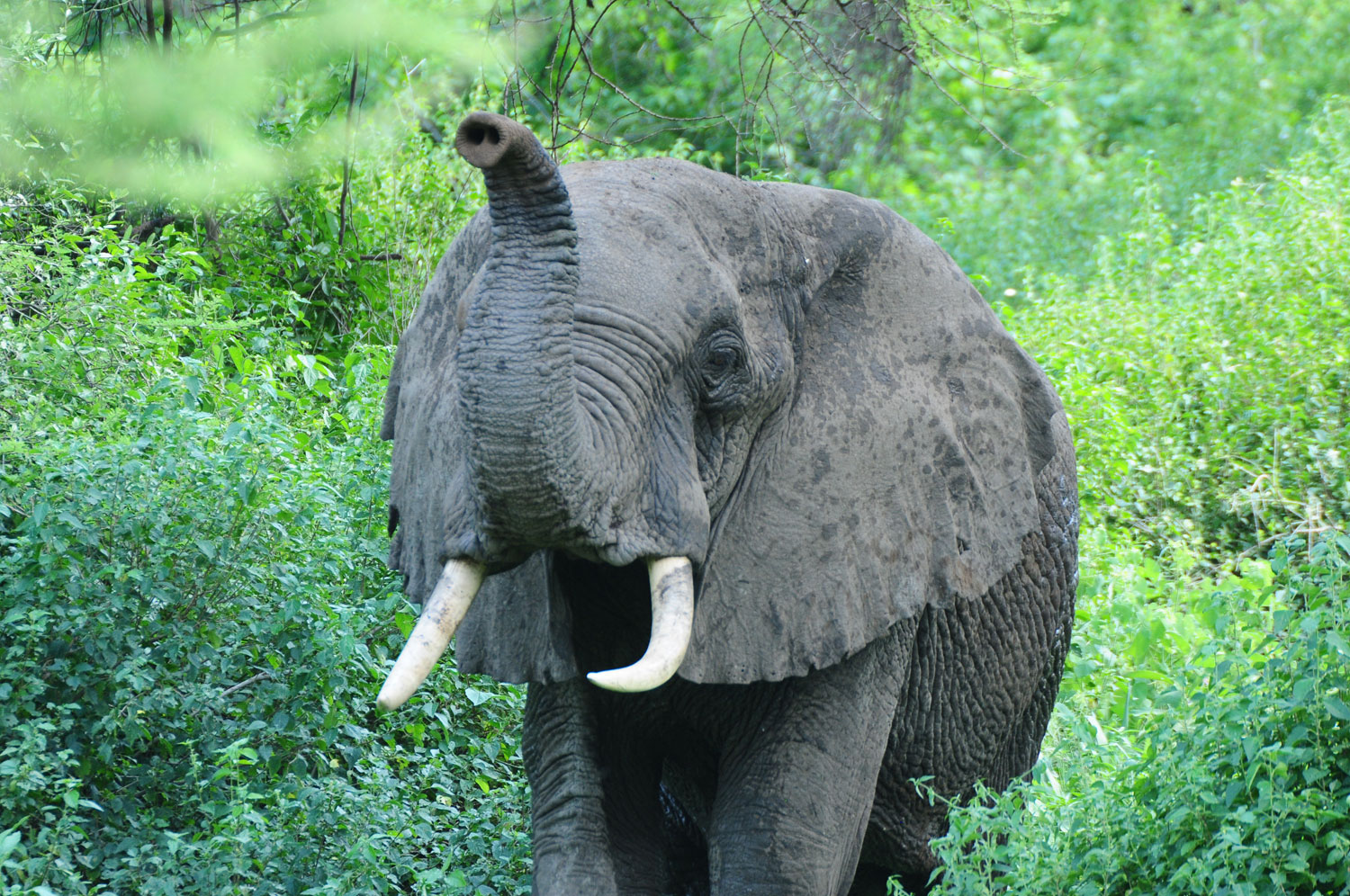
14 August 2020

14 August 2020
Tembo is the Kiswahili word for Elephant. The Ngorongoro elephants are attracted to Gibb’s Farm and can be frequently heard trumpeting nearby.
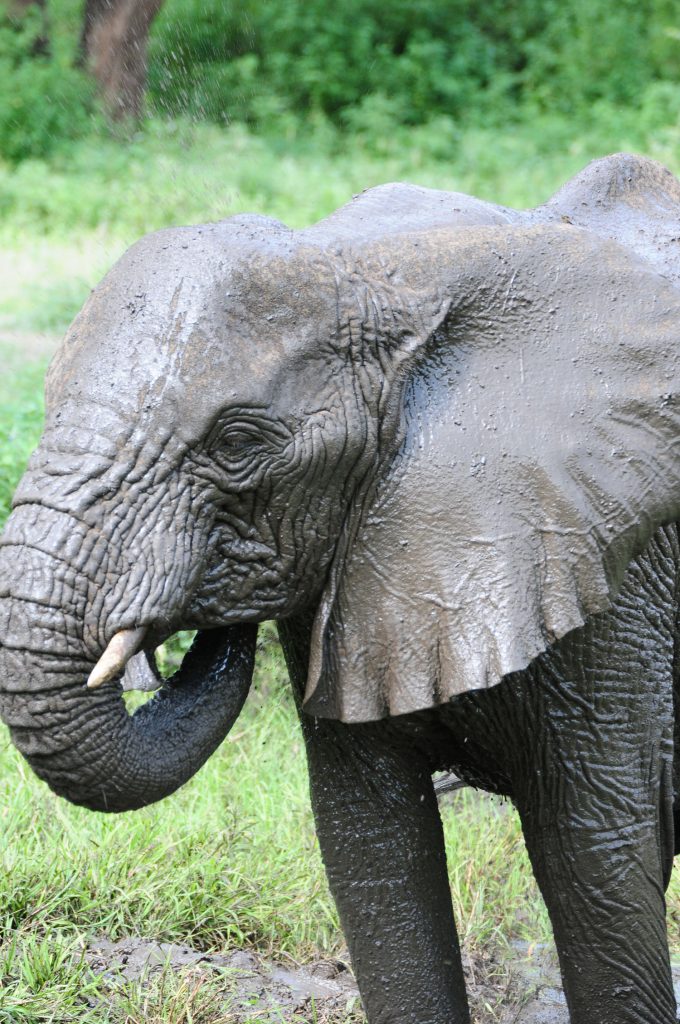
COMMON NAME: African elephant
SCIENTIFIC NAME: Loxodonta africana
TYPE: Mammals
DIET: Herbivore
GROUP NAME: Herd
LIFE SPAN: Up to 70 years
SIZE: 8 to 13 feet or 2.4 to 3.9 meters
WEIGHT: 2.5 to seven tons
Tembo or African elephants, are the largest land animals on the planet. They play a critical role in the ecosystem. During the dry season, they use their tusks to dig up dry riverbeds and create watering holes many animals can drink from. Their dung is full of seeds, helping plants spread across the environment. In the forest, their feasting on trees and shrubs creates pathways for smaller animals to move through, and they uproot trees and eat saplings, which helps keep the landscape open for zebras and other animals who live on the plains.
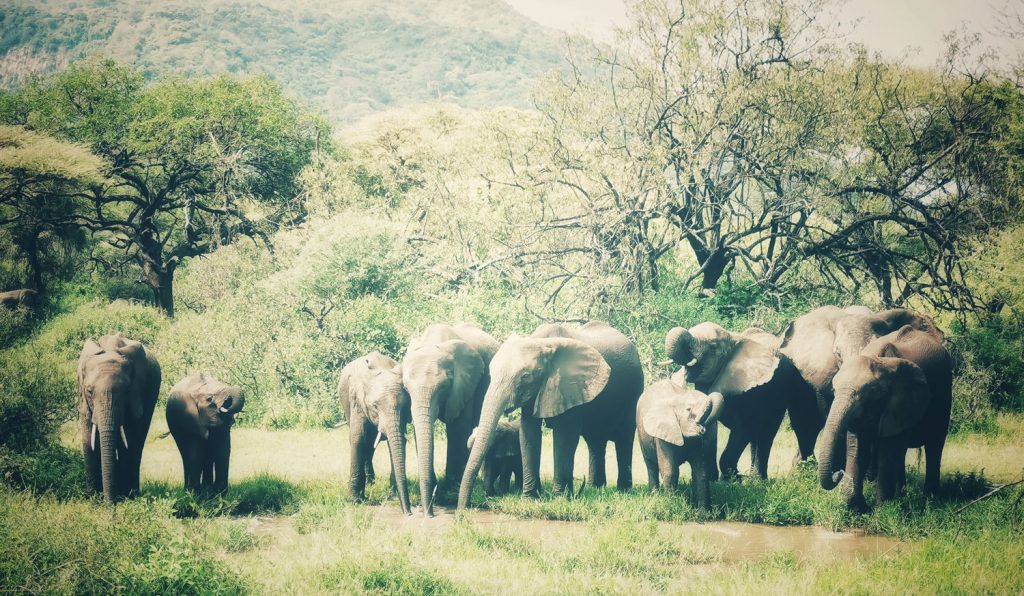
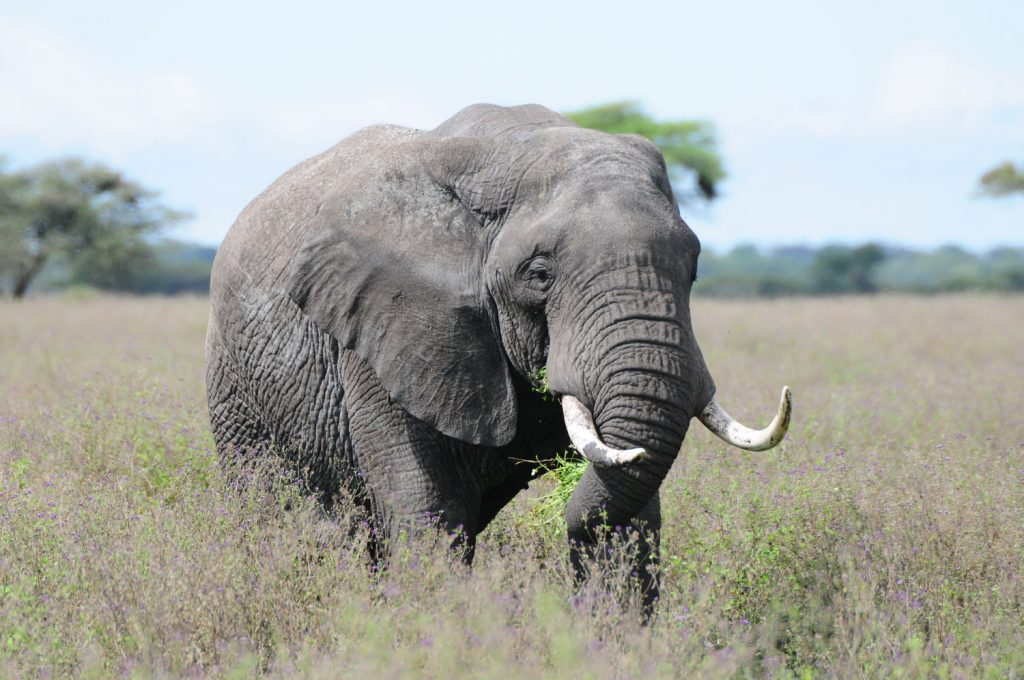
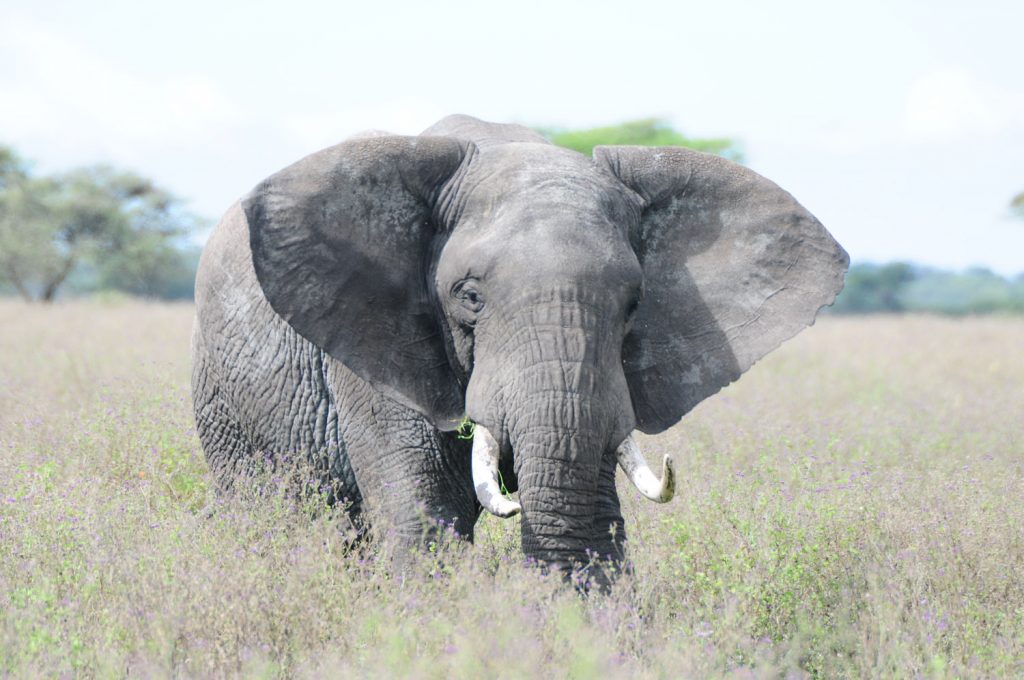
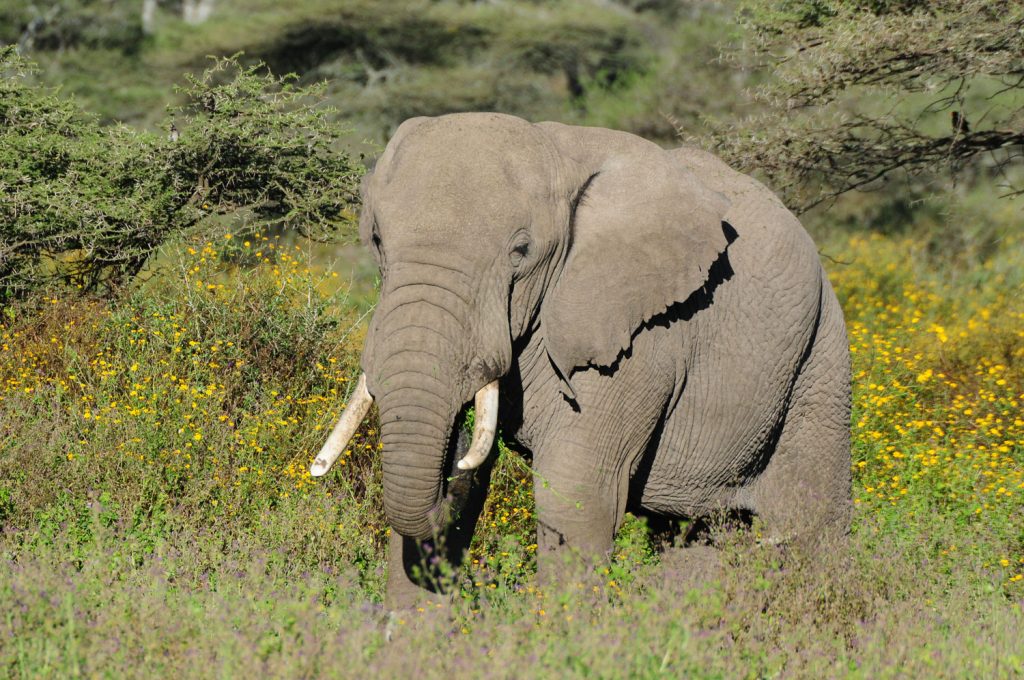
Guided walks with our naturalists can take you to see the elephant caves just outside the fence line. The elephants dig into the cliff walls to expose salt and minerals which supplement their diet. Once the caves have been dug out by the elephants they are visited by many other animals including buffalo.
An elephant’s trunk is used for smelling, breathing, trumpeting, drinking, and also for grabbing things. The trunk contains about 40,000 muscles. African elephants have two fingerlike features on the end of their trunk that they can use to grab small items. The trunk is also used to spray water and then dust on their skin to both cool and protect it. The ears radiate heat as well to help control body temperature.
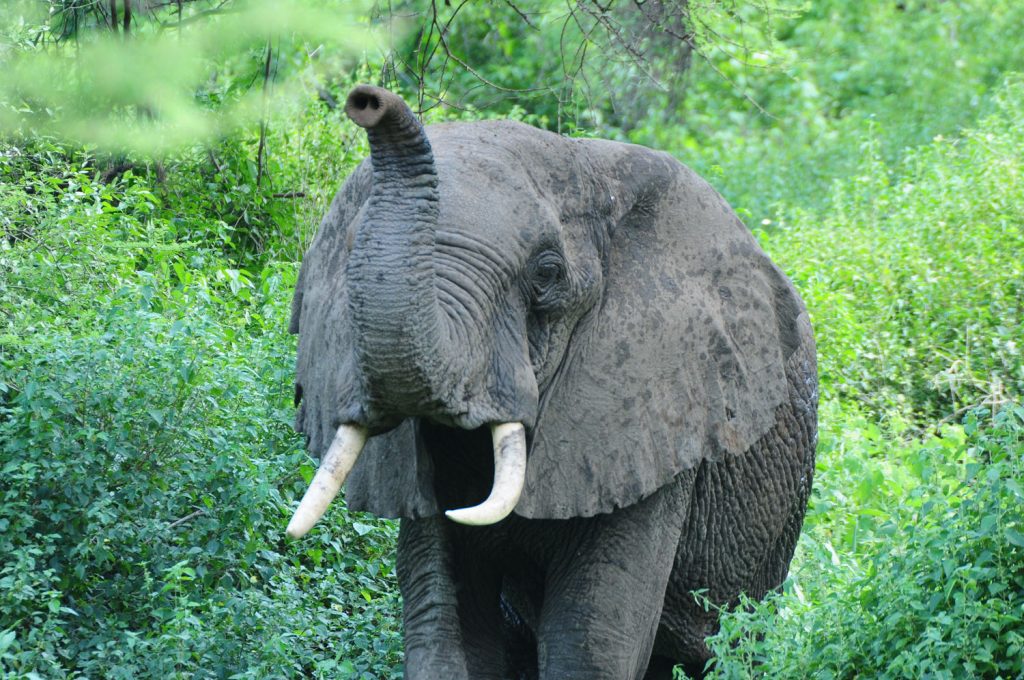
Elephants are herbivores and live of a diet of roots, grasses, fruit, and bark. The Ngorongoro elephants are attracted to Gibb’s Farm. A single elephant can destroy an entire season of crops in a night. We try to keep them out of the farm by lighting our tembo fire and by placing bee hives down the fence line. They still like to visit though and are often seen and more frequently heard in the forest surrounding the farm.
Elephants live in female-led groups. Currently there is a large herd in Ngorongoro with a single tusked and collared matriarch. She is the biggest and oldest and she presides over a multi-generational herd that includes other females and their young. Adult males tend to roam on their own or sometimes in small all-male groups.
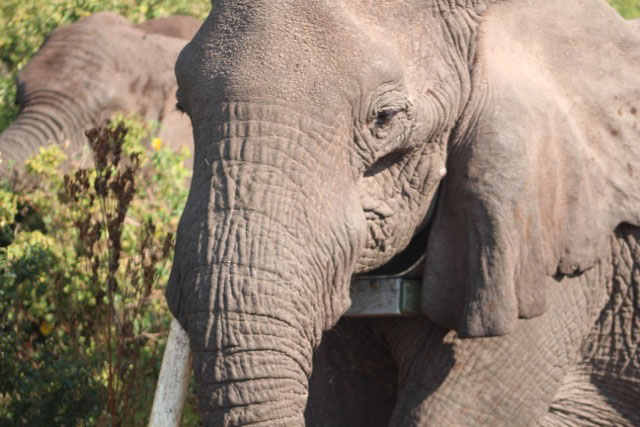
It is lovely to see so many babies in the parks around Gibb’s Farm at present. Elephants have a 22 month gestation which is a longer pregnancy than any other mammal. A new born can weigh up to 90 kilos or 200 pounds. Elephants usually give birth to one calf every two to four years.
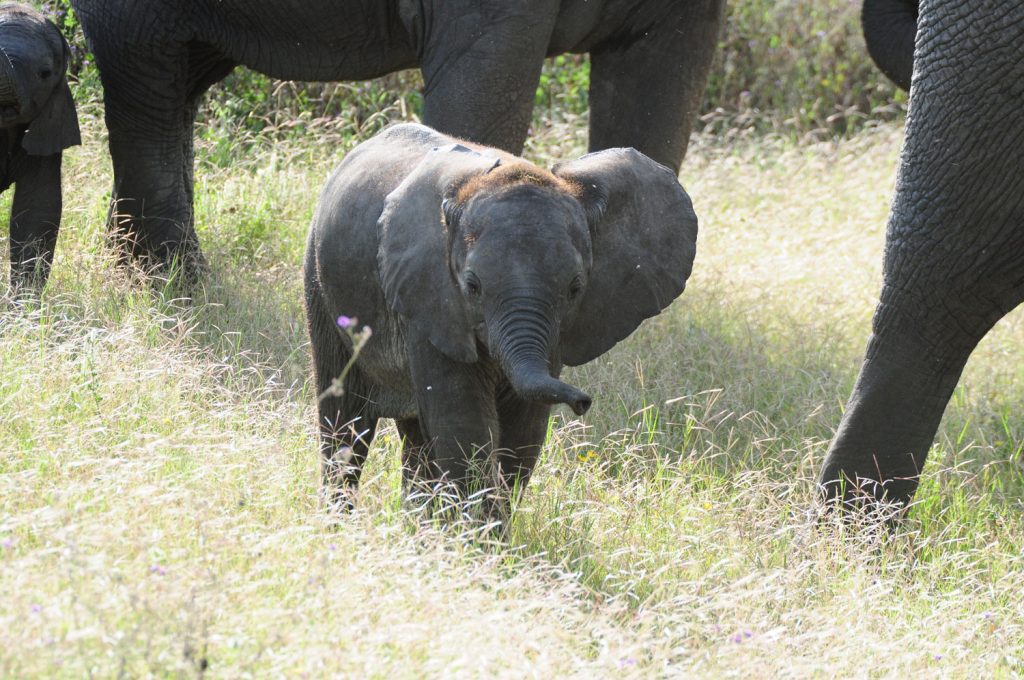
Elephants are still threatened by poachers in Tanzania. Before the Europeans began colonising Africa, there was an estimated 26 million elephants. The arrival of Europeans kicked off the commercial ivory trade, tusks were used for piano keys, billiards balls, combs and other items. By the early 20th century, elephant numbers had dropped to 10 million. Hunting continued to increase and by 1970, their numbers were down to 1.3 million. Hunting and poaching continued into the 1990s putting African elephants at risk of extinction. It is now estimated that there are 400,000 remaining.
Guests to our farm can enjoy our Elephant Caves Walk. Leave on-foot directly from your cottage on this two-hour walking safari through the forested slopes of the Ngorongoro Conservation Area.
Discover towering waterfalls and the incredible “elephant caves”, created by elephants digging through dense rock with their tusks to ingest the vitamin-rich soil.
Close
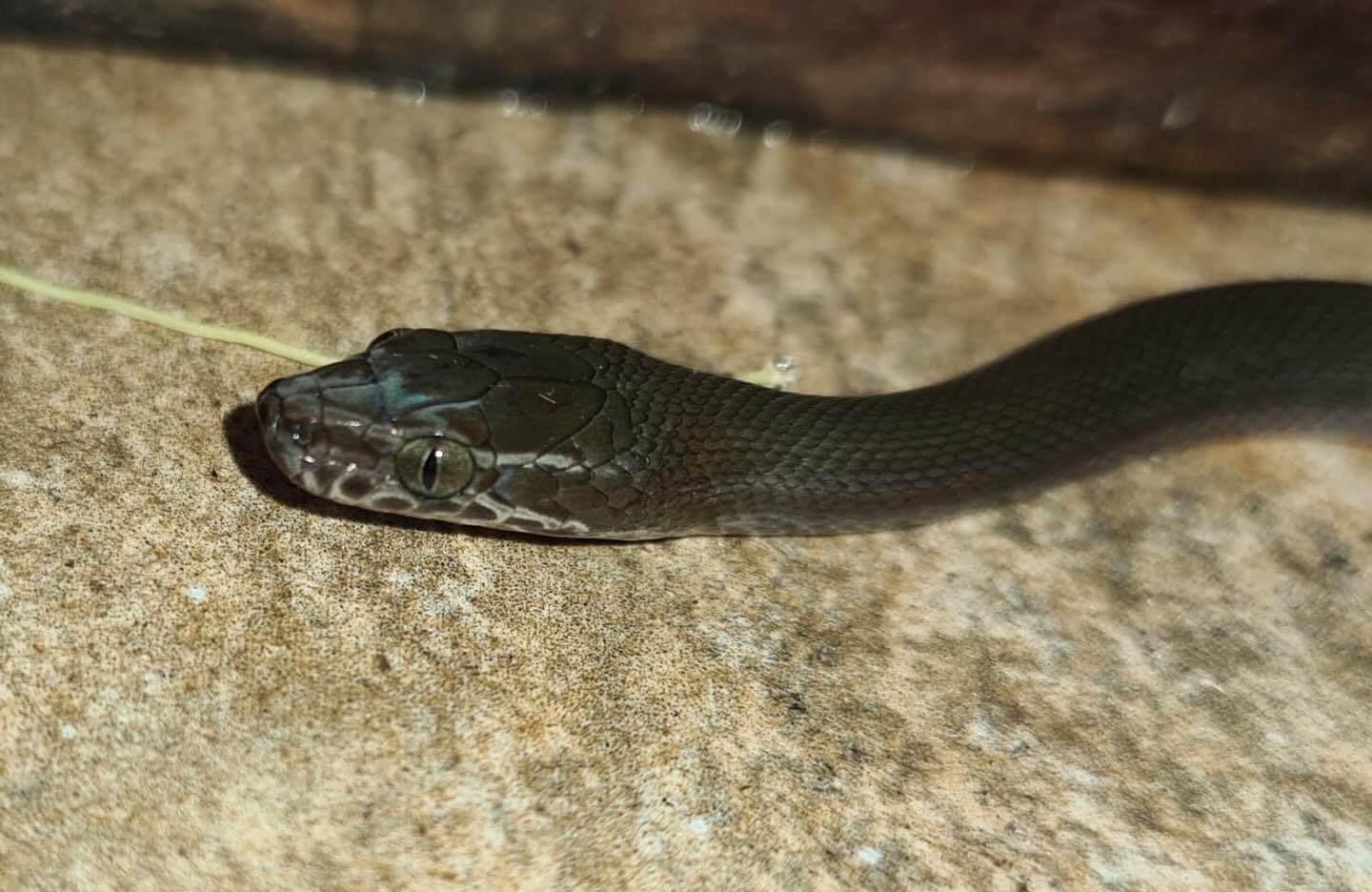

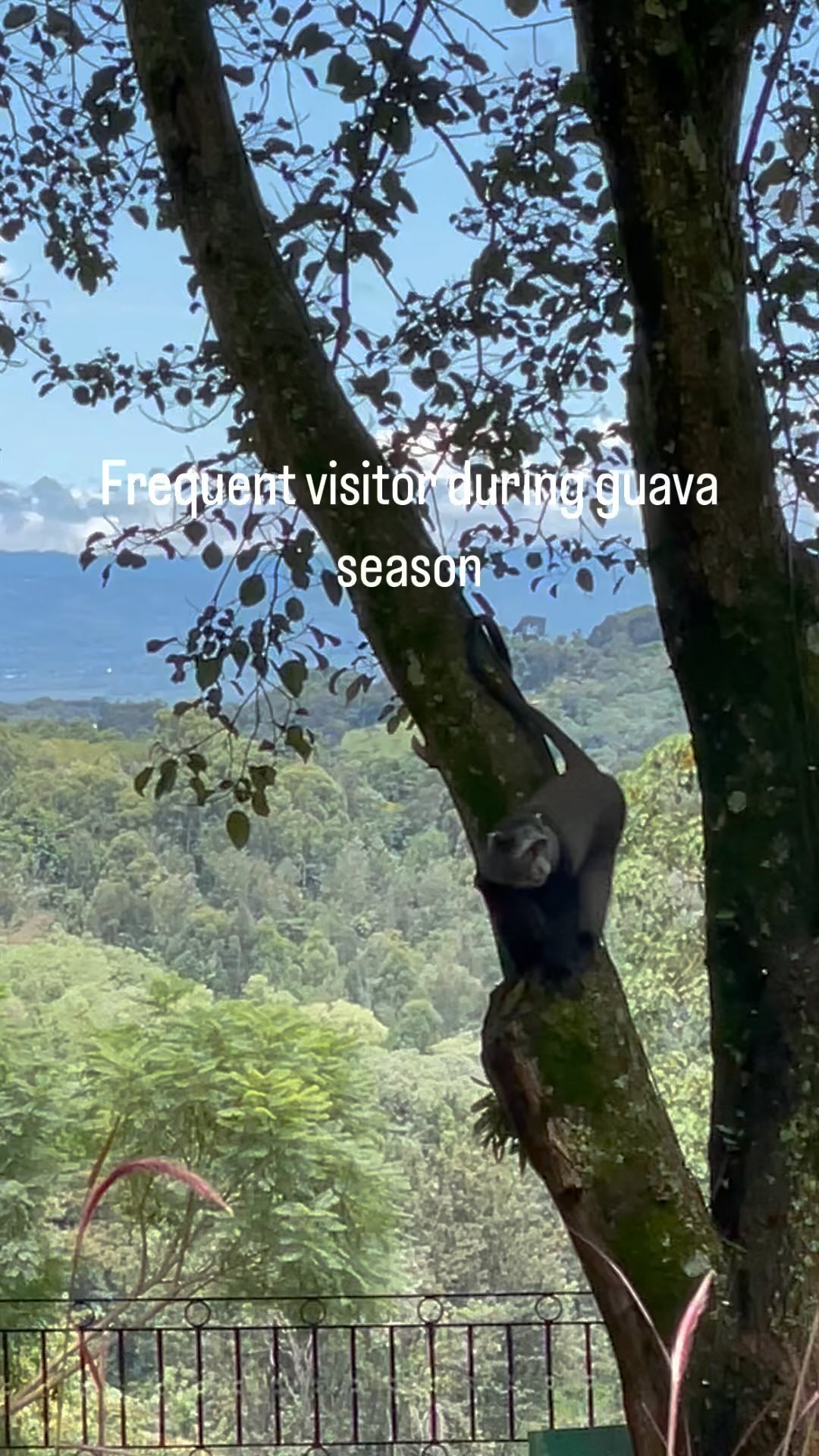
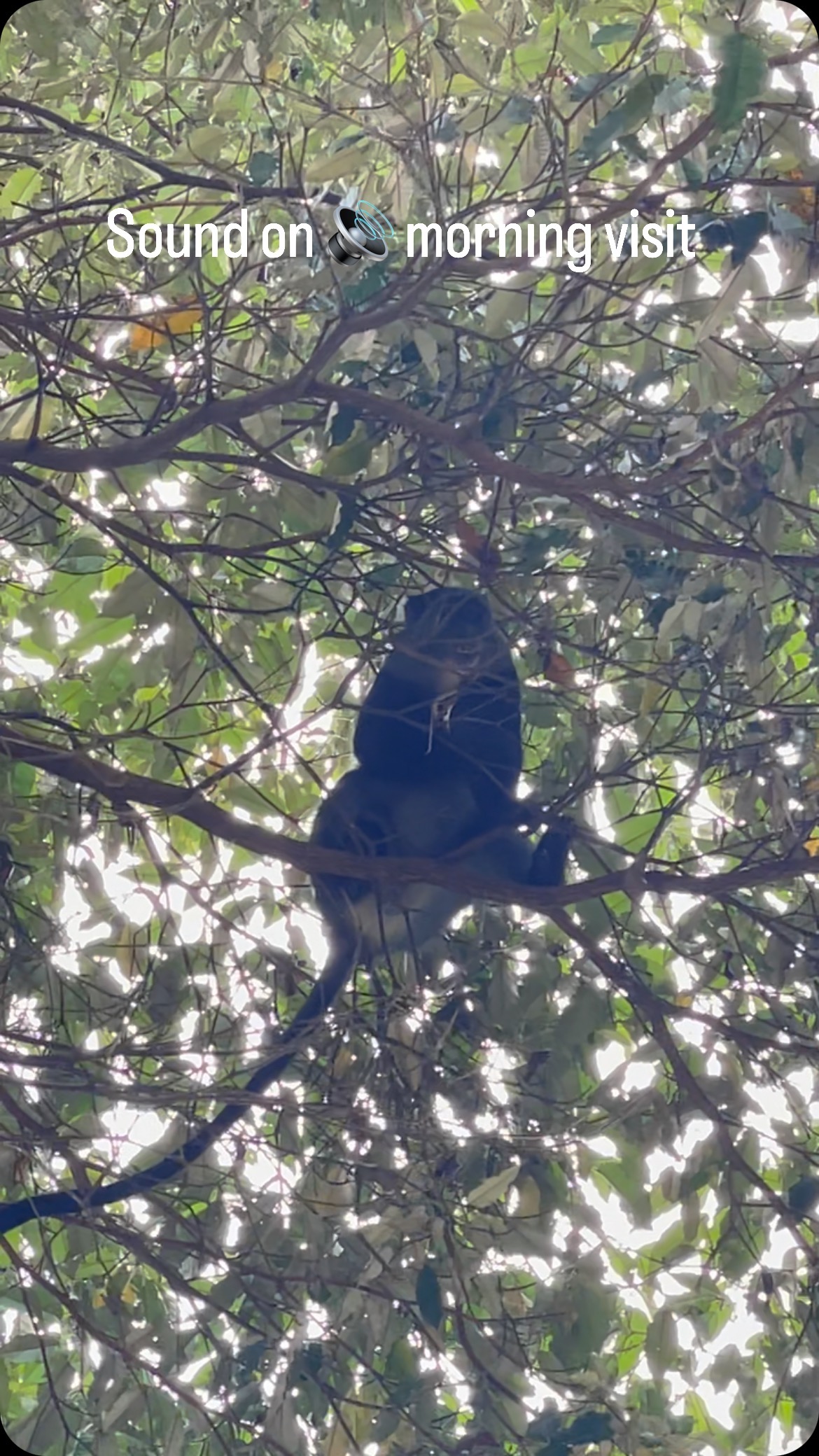



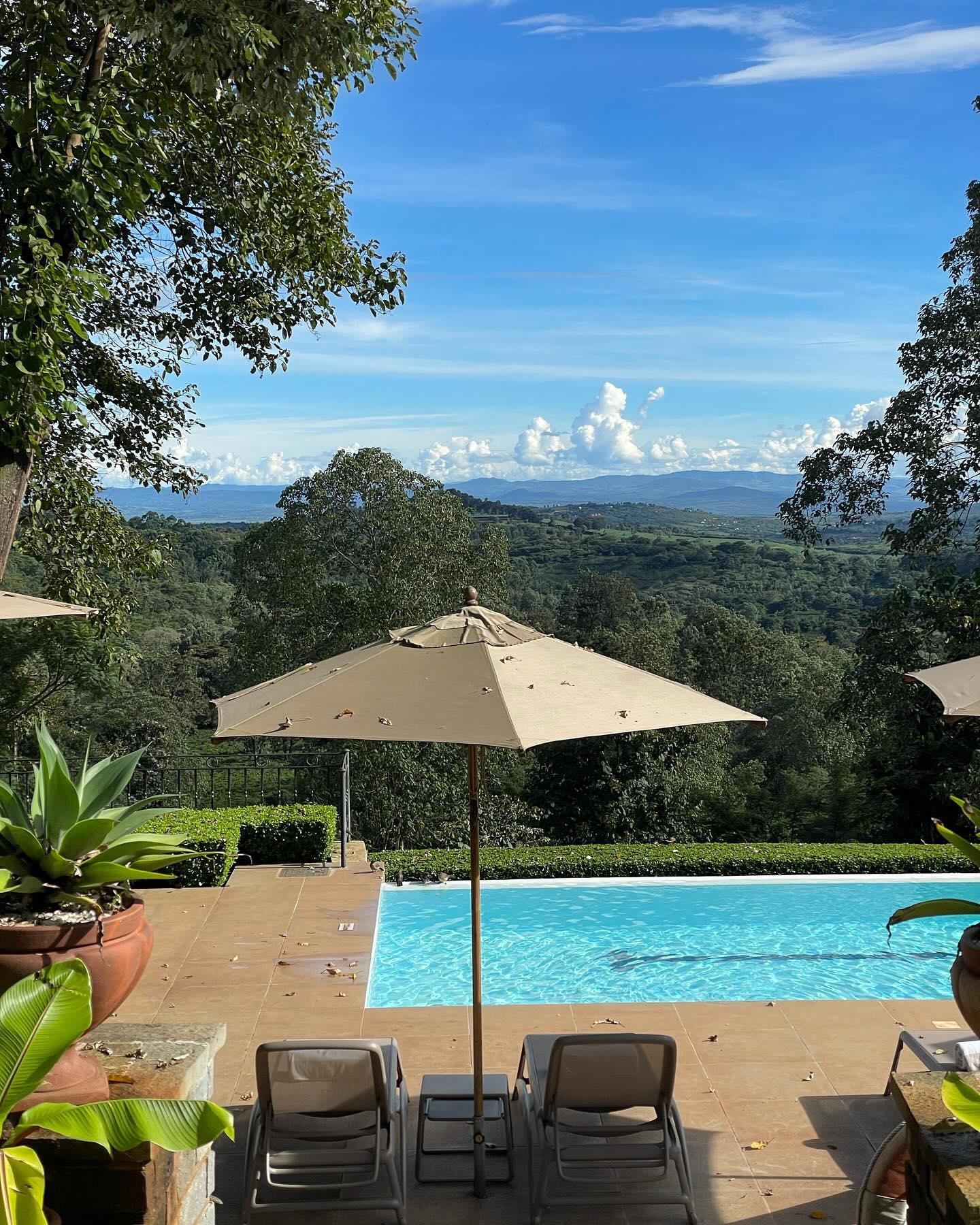

| Gibb's Farm | Karatu | Tanzania | |
| Lodge: | +255 272 970 436 |
| Reservations: | +255 272 970 438 |
| Email: | reservations@gibbsfarm.com |
| Gibb's Farm | Karatu | Tanzania | |
| Lodge: | +255 272 970 436 |
| Reservations: | +255 272 970 438 |
| Email: | reservations@gibbsfarm.com |